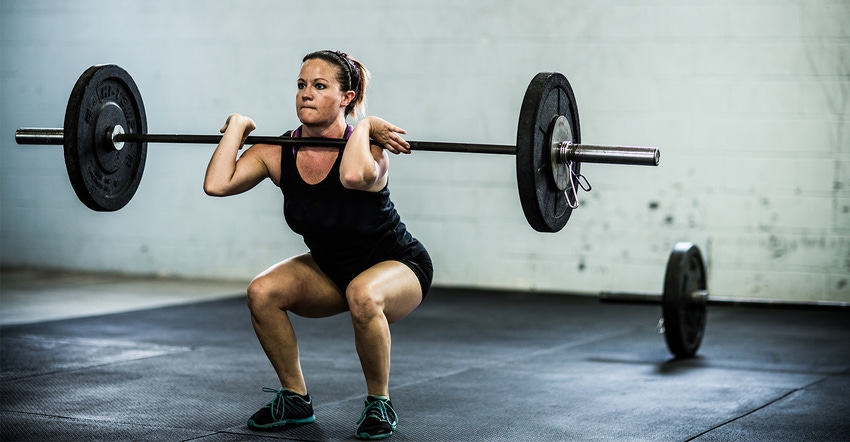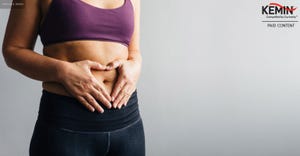Formulating for female athletes who need to fulfill athletic goals through acquiring and maintaining very lean body mass is an ideal opportunity.

Female athlete triad (often called “triad” for short) is a syndrome of three clinical factors created by nutrient depletion that accelerates bone aging and energy fluctuations, as well as disrupts menstruation.
Although women have always been involved in competitive athletics, the number of female professional athletes has grown significantly. For example, according to the International Olympic Committee (IOC), female participation in the 1984 Summer Olympics in Los Angeles was 23%, and was on track for 2020 in Tokyo at an estimated 49%. Winter sports have also seen a tremendous rise in female participation, jumping from 22% in Sarajevo’s 1984 Winter Olympics to 41% in the 2018 Winter Olympics held in PyeongChang.
Competitive female athletes also are contributing to the vigorous growth of the global sports nutrition market, which was valued at $15.6 billion in 2019, and is expected to enjoy a robust compound annual growth rate (CAGR) of 8.9% from 2020 to 2027, according to Grand View Research. The firm noted products in demand are protein bars, energy drinks and dietary supplements to fuel performance in endurance and strength, as well as to burn fat.
Competitive female athletes are hyperfocused on body weight and fat by necessity, especially in sports such as diving, gymnastics, figure skating, long distance running and swimming. Attaining top shape is a practice often characterized by extreme eating behaviors (or “disordered eating”) as calorie count and composition are almost fanatically monitored.
According to certified sports nutritionist and endurance sports coach Matt Fitzgerald, one body mass index (BMI) for female athletes does not fit all types of sports. In his book “Racing Weight,” he specified the goal is 12% body fat for female runners, 12% to 16% in cycling, 19% to 21% for swimming, 12% to 15% in triathletes and 11% when focused on cross-country skiing. A healthy body fat percentage for nonathletic but in-shape women is 18.5% to 24.9%.
And herein lies the spark that can ignite the onset of triad—the only way to control one’s body fat percentage is through caloric consumption and expenditure.
Role of supplementation
While reams have been written discussing the winding pathways entangling hormones and other biochemicals to create the triad risk factors and subsequent presentations, it is important to note that some psychological and behavioral components of triad cannot be addressed by supplementation. Formulating for female athletes who need to fulfill athletic goals through acquiring and maintaining very lean body mass, however, is an ideal opportunity.
To read this article in its entirety, check out the Sports nutrition: Female athletes – digital magazine.
Lisa Schofield is a veteran writer and editor who got her start interviewing rock stars for national music magazines. She now writes and edits content for B2B media and suppliers in the natural health product industry. Schofield has served as editor for Vitamin Retailer and Nutrition Industry Executive, and prior to that as associate editor for Whole Foods.
About the Author(s)
You May Also Like






.png?width=800&auto=webp&quality=80&disable=upscale)